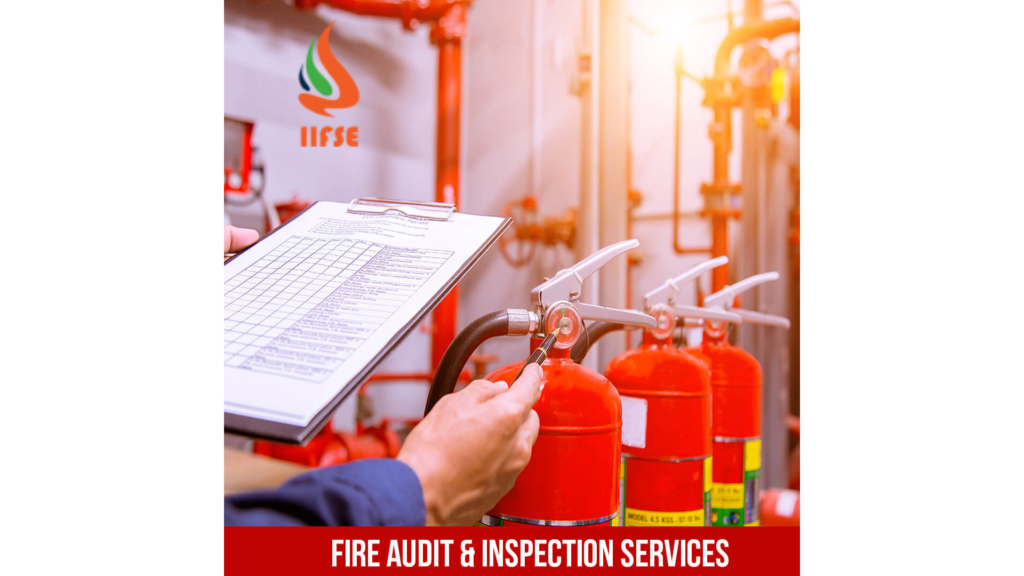To meet current regulations, businesses should have the right variety of devices needed for various sorts of fireplaces.
In this blog at https://www.iifseindia.in/, we glance at the various forms of fireplace extinguishers and what they’re used for.

Water & Foam Extinguishers
There are 6 categories of fireside risks that embrace fires caused by organic materials or flammable metals. These categories are addressed in several ways in which. as example, water extinguishers are the foremost appropriate sort for sophistication A risks, like paper or coal. The water cools the flames and removes the warmth needed for the materials to continue burning.
Foam is usually used for class B risks which are hazards involving materials, wood, cardboard, and coal. In addition, they’ll be used for class A fires because the foam is water-based and take away heat from the flames. This sort also can work by forming a barrier between the flames and therefore the fuel, immediately putting it out.
Premises that will require these appliances include:
- Schools
- Offices
- Hospitals
- Shops
They should be held on at exit points wherever either category A or B risks are known within the most recent risk assessment.
Dry Powder Extinguishers
Also called fundamentals extinguishers, dry powder appliances are appropriate for risks that come back below categories A, B, and C. Businesses that will need this sort of appliance embrace fastening corporations, garages, and LPG dispensing plants to fight flames involving:
- Flammable Gases
- Electrical Equipment
- Flammable Liquids
- Fabrics
The powder puts out the flames by separating the fuel from gas or removing the constituent thus it will now not burn. This appliance will solely be used on equipment up to a thousand volts, however, there are specialist dry powder sorts offered all the world over this.
Carbon Dioxide Extinguishers
For electrical fires, carbonic acid gas (CO2) extinguishers are the first choice. Carbon dioxide appliances work by starving the flames of gas so that they fail quickly. they’re appropriate for premises with server rooms, workplace areas, and businesses like technology stores.
CO2 appliances also can be accustomed influence fires involving burnable liquids like gasoline. However, in contrast to the opposite sorts mentioned, they can’t be used for put-out flames involving the preparation of oils, paper, or textiles.
Wet Chemical Extinguishers
Class F fires involve cooking oils and fats. Wet chemical extinguishers are the foremost appropriate appliance for these instances. The metallic element is expelled as a fine mist and creates a movie on the surface that starves the flames of gas.
Anywhere that uses vegetable oil and fat would force wet chemical appliances. These embrace industrial kitchens and restaurants.
Get in Touch
Contact our team at +919704106261 for more information. Alternatively, send us a message via thehttps://www.iifseindia.in/ for a prompt response.
